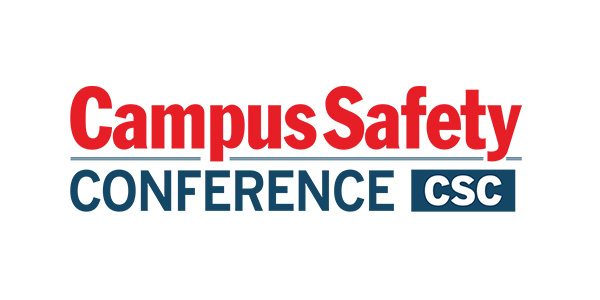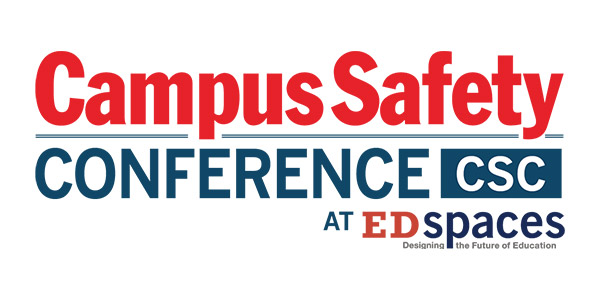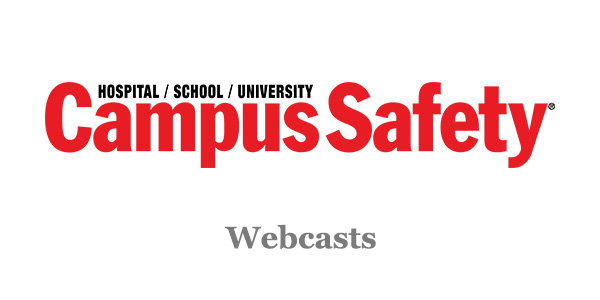On one of those rare occasions where I got a free upgrade to first class while flying to a conference, I sat next to a medical doctor. When I asked what his practice involved, he told me he specialized in a type of treatment that helps many patients avoid having their limbs, hands, feet and fingers amputated.
Taken aback, I asked him a bit more and learned that he primarily gave second opinions when patients were about to have an amputation. He also told me that thousands of the amputations done in the United States each year are not needed. The doctor said many doctors are unaware of an approach to surgery that is now available allowing doctors to avoid these drastic procedures, even though there have been numerous articles in medical publications to get the word out.
He said doctors, just like other professionals, have so many new approaches to keep up with these days that they often suffer from information overload. I was stunned to think that large numbers of people each year lose a leg or an arm because of a doctor who “hasn’t gotten the memo” on something so important. At the same time, I see this every week in my work in school safety.
Because of this, I believe the approach of having a second opinion for key school safety, security and emergency preparedness concerns is a valid one.
For example, I am working with a school district where several well established best practices are not in use because the school safety firm that provided their crisis plans was not aware of them. The gaps in their safety plans have even more implications than a needless amputation because they could result in mass casualties as has already happened in another school district using this same planning concept.
One gap involves an expensive emergency preparedness software system that failed five times in five separate tests. As each failure involved life-saving steps that, if not taken, could result in mass losses of human life, this is a pretty glaring gap. We uncovered a number of these types of issues.
After our initial briefing, the client was so stunned that he decided to contract with another organization to conduct a second double-blind review. Though it will be extremely costly to have two separate evaluations, he felt that the cost would be worth it if they can get an even better evaluation from two top assessment service providers.
Though I feel consultant firm is extremely experienced and perform high quality assessments, I have no problem having someone else take a second look over our shoulder. After all, the work we do can mean the difference between life and death for kids and staff. I would hate to be like the doctors every year who unnecessarily remove patient limbs because I missed an article or seminar that would have told me about another approach.
Consider the wise practice of getting a second opinion. The lives of those you protect may someday depend on it.






